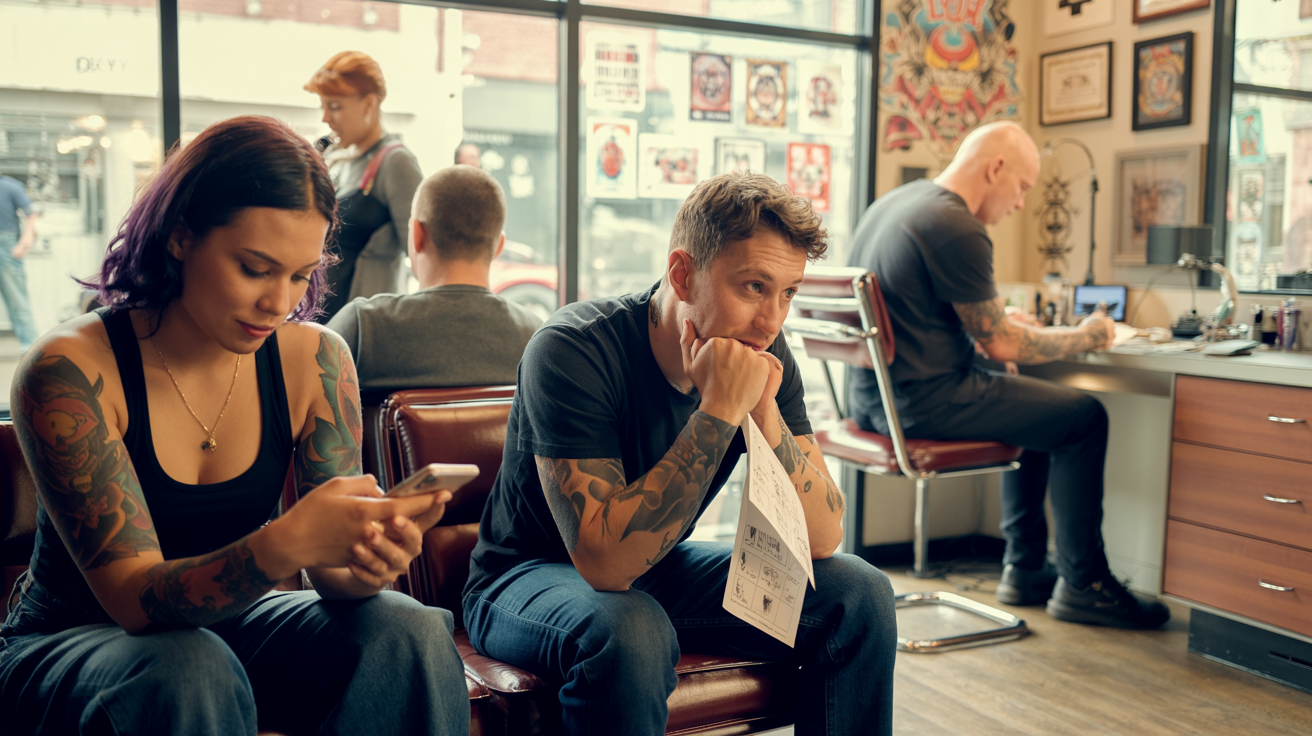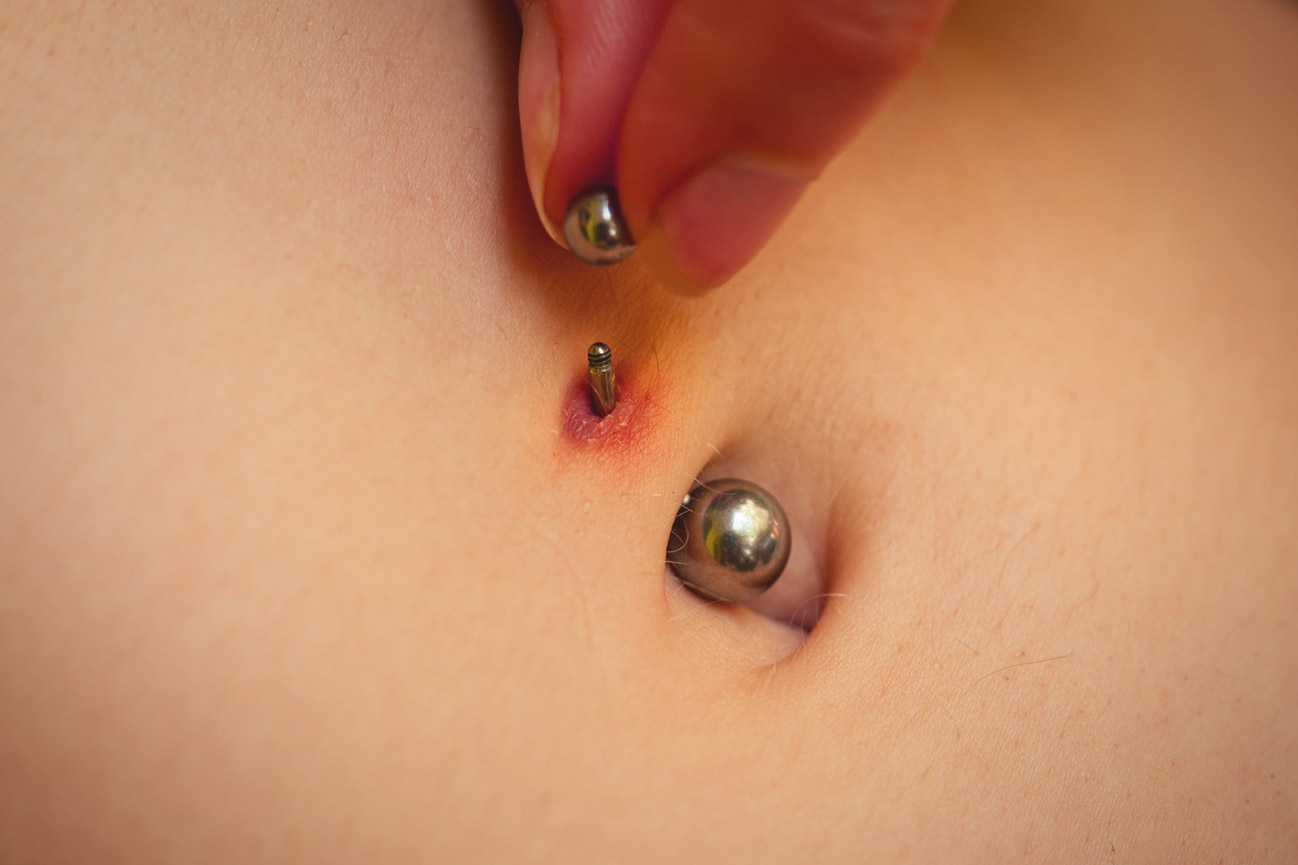Scars can hold deep personal stories, both of pain and healing. Using tattoos for scar coverage transforms these physical reminders into powerful works of art, offering a way to reclaim control over your narrative. As you explore this option, you’ll find that the artistry involved can significantly boost your self-esteem and confidence.
Tattooing over scars is not just about camouflage. It’s an opportunity for artistic expression, turning something that once felt like a burden into a source of pride and beauty. Tattoo artists skilled in scar coverage can adapt their techniques to suit your specific needs, ensuring that the final result feels uniquely yours.
Every scar tells a story, but how you choose to rewrite that story is up to you. Through the careful application of tattoos, you can reframe your experiences and wear your strength visibly. For many, this journey serves as a therapeutic process, offering a visual manifestation of inner resilience and personal growth.
Understanding Scars and Their Impact
Scars are a natural part of the healing process but can serve as a constant reminder of pain and trauma. They can significantly affect a person’s psychological well-being and self-confidence.
Types of Scars and Their Characteristics
There are various types of scars, each with unique features. Hypertrophic scars are thick, raised, and often red, formed when excessive collagen is produced during healing. Keloids, another type, extend beyond the original injury, and are usually more difficult to treat.
Atrophic scars are sunken and can result from conditions like acne or chickenpox. Contracture scars typically arise from burns and can tighten the skin, affecting movement. Stretch marks, though less severe, also fall under the category of atrophic scars. Each type can present unique challenges for coverage and treatment.
Psychological and Emotional Effects of Scarring
Scars can deeply impact your psychological and emotional well-being. The visibility and noticeable nature of scars often lead to self-consciousness, decreasing your self-esteem and confidence. This effect can be more pronounced if the scar is in a highly visible area.
Emotional trauma associated with the event causing the scar may resurface each time you see it, reinforcing negative feelings. You may also experience social anxiety, feeling judged or stared at because of your appearance. Despite these challenges, seeking ways to cover or creatively transform scars can offer empowerment and emotional relief.
The Art of Tattooing Over Scars
Tattooing over scars is an intricate blend of artistry and technique, transforming physical remnants of trauma into sources of personal strength and beauty. This process not only requires an understanding of design and skill but also careful consideration of the unique challenges presented by scar tissue.
Choosing the Right Design for Scar Coverage
When selecting a tattoo design for scar coverage, consider the shape, size, and location of the scar. Design should enhance camouflage while allowing for artistic expression. Florals, geometric patterns, and organic shapes are often successful as they can blend seamlessly with the natural irregularities of scar tissue. Bold colors and intricate lines can help mask discoloration, while softer designs can highlight personal significance.
Selecting a Skilled Tattoo Artist
Choosing an experienced tattoo artist in Austin is crucial for successful scar coverage. Look for an artist with specific experience in tattooing over scars. This skill requires a different approach to needle pressure and ink application. References and portfolios showcasing past work on scars can provide insight into their expertise. A consultation will also help you assess their understanding and approach to your specific needs.
The Process of Tattooing Scar Tissue
Tattooing over scar tissue presents unique challenges. Scar tissue is often less elastic and may respond differently to the tattooing process. The artist must adjust their technique to avoid causing additional trauma. Layering ink over scarred areas may require multiple sessions to achieve the desired depth and consistency of color. Discussing healing time and potential discomfort is essential before starting.
Aftercare for Tattoos Over Scars
Proper aftercare enhances the healing and longevity of your tattoo over scars. Keeping the tattoo clean and moisturized is vital. Use mild, fragrance-free soap and unscented lotions to avoid irritation. Avoid prolonged exposure to the sun, as UV rays can fade the ink. Regularly applying a high-SPF sunscreen will help maintain the vibrancy of your scar tattoo. Follow all aftercare instructions provided by your artist to ensure the best results.
Embracing Transformation: Stories of Resilience and Hope
Tattooing for scar coverage serves as both a personal and communal journey. Individual stories highlight resilience, confidence, and empowerment, while the collective support underscores the strength found in community.
Personal Tales of Overcoming and Reclaiming
Many individuals who turn to scar tattoos find a renewed sense of self and empowerment. Scar coverage tattoos help you reclaim your body, making visible scars a symbol of strength rather than trauma.
For example, a woman who survived a severe car accident chose a floral design to cover her surgical scars. Each flower represented a stage of her recovery, turning her pain into a personal narrative of resilience and personal growth.
Another individual, who underwent multiple surgeries for a heart condition, selected a heartbeat tattoo to cover his chest scars. This gave him not only closure but also a unique form of self-expression. These stories share a common thread: they showcase how art can empower you to face your trauma and inspire hope for the future.
The Role of Community in Healing Through Tattoo Art
Community plays a vital role in the healing process. Tattoo artists create safe spaces for you to share your stories and find mutual support. This collective strength often helps you during your transformation journey, bridging the gap between trauma and healing.
For instance, group events where people share their scar stories and tattoo experiences foster a sense of community. These gatherings provide an environment encouraging personal growth and offer emotional and moral support from others who have similar experiences.
Tattoo studios often act as sanctuaries where individuals come together to exchange stories of resilience and hope. By participating in these supportive networks, you find the confidence needed to embrace your unique journey, knowing you are not alone.



